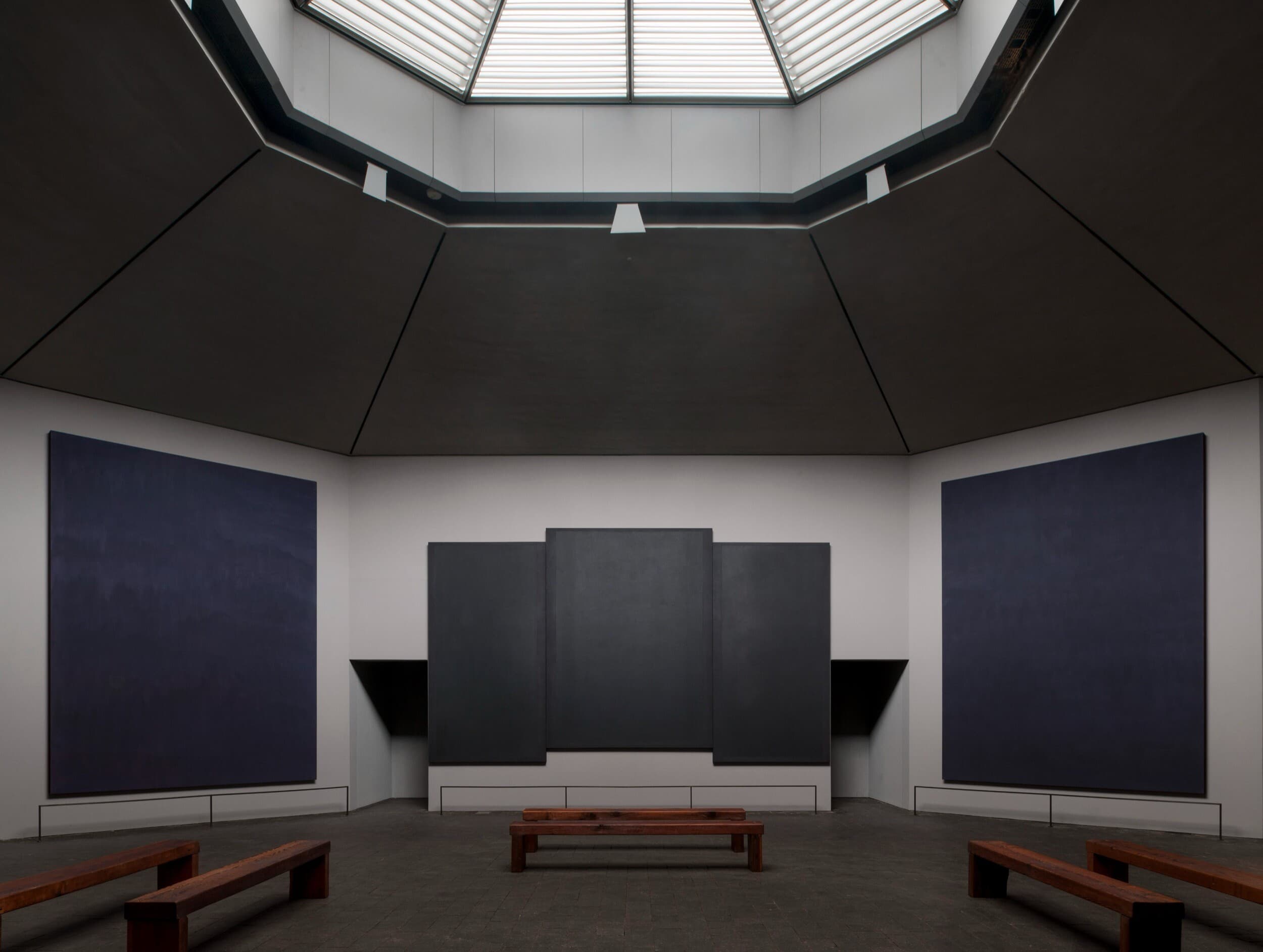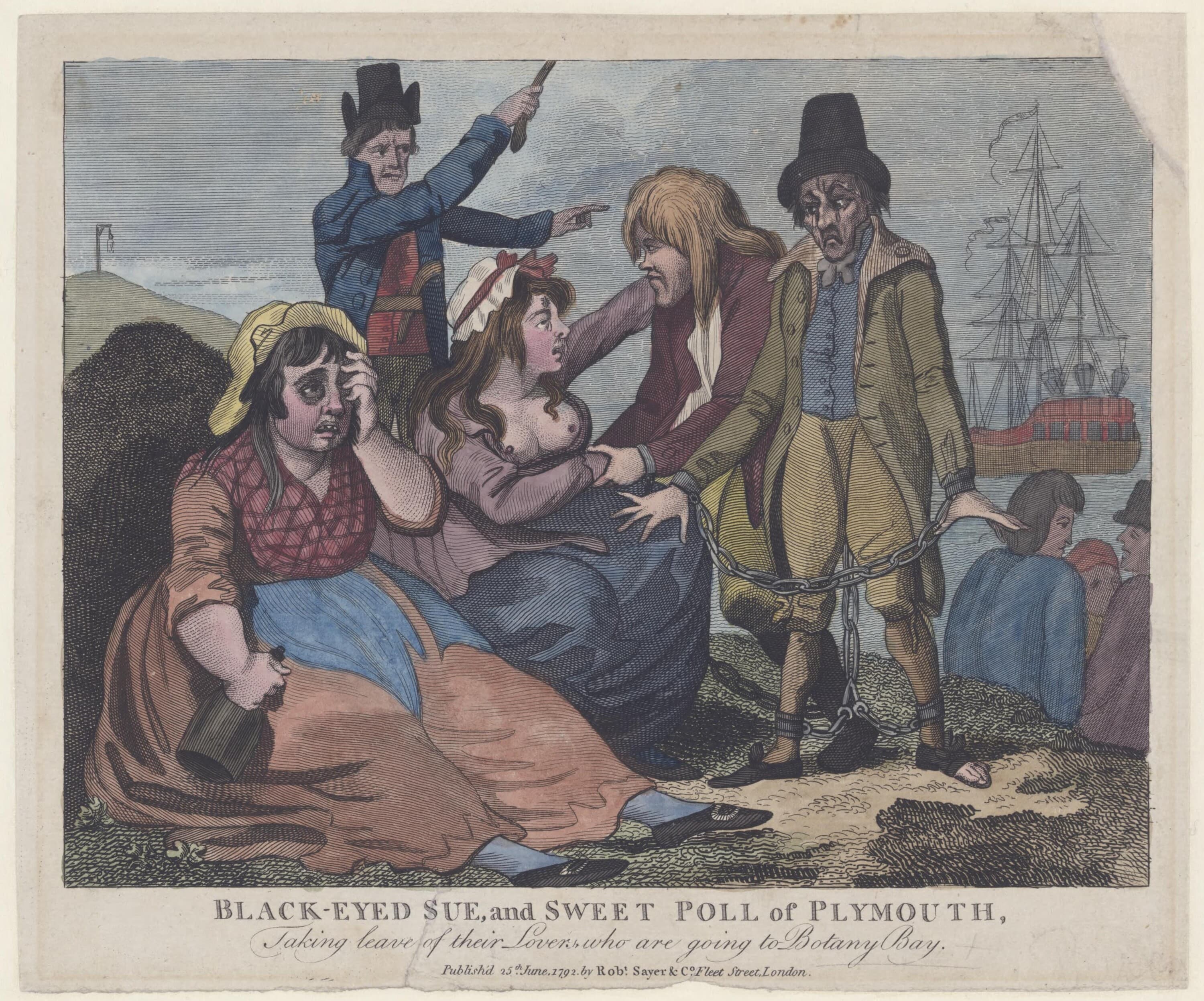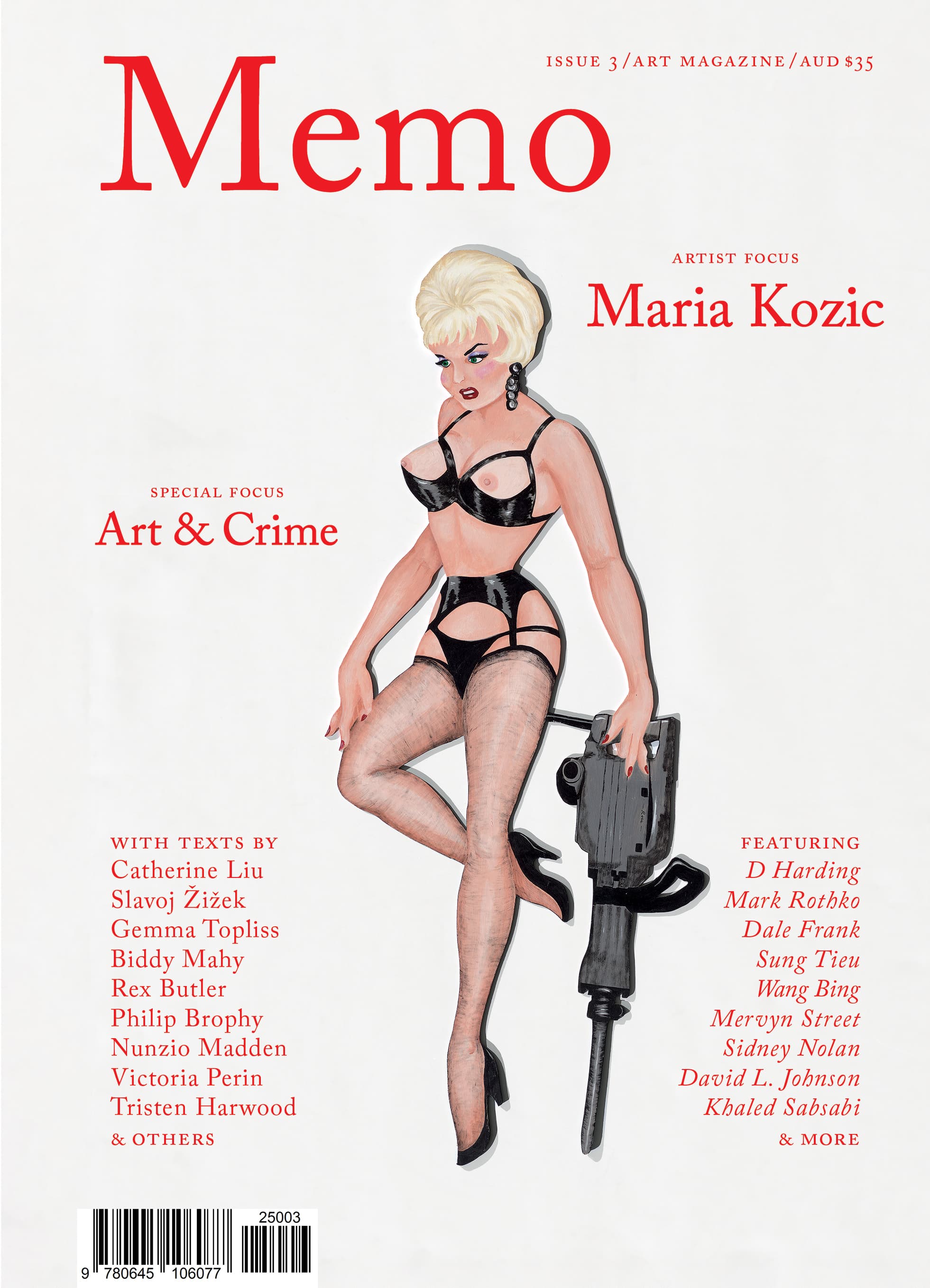None of Us Are Free / When One of Us Is Chained
In a recent media release from the office of the Minister for the Arts, Tony Burke (2024) referred to a government arts initiative as an “opportunity to highlight exceptional but lesser-known works within the National Collection and share them with communities for whom they hold special significance.” Imagine: $11.8 million over four years spent on transferring and safeguarding old paintings like The Countrywoman (1946) by Russell Drysdale and The Anteroom (1963) by Charles Blackman. The two old ghosts from the graveyard return to the gentlemen’s estate at Retford Park for the bourgeoisie of Bowral. Are you bored yet? You bloody well should be.
Exclusive to the Magazine
None of Us Are Free / When One of Us Is Chained by Daisy is featured in full in Issue 3 of Memo magazine.
Get your hands on the print edition through our online shop or save up to 20% and get free domestic shipping with a subscription.
Related

The APY Art Centre Collective scandal, ignited by Murdoch’s The Australian, exposed more than allegations of interference—it revealed power struggles in the Aboriginal art industry and became a flashpoint for culture wars. As institutions, dealers, and politicians jockeyed for position, the artists were caught in a battle over authenticity, control, and the future of Aboriginal contemporary art.

By recasting Black-Eyed Sue and Sweet Poll in shackles, Sayer’s 1792 engraving subverts the sailor’s farewell to reveal convict and naval cruelty as mirror images.
